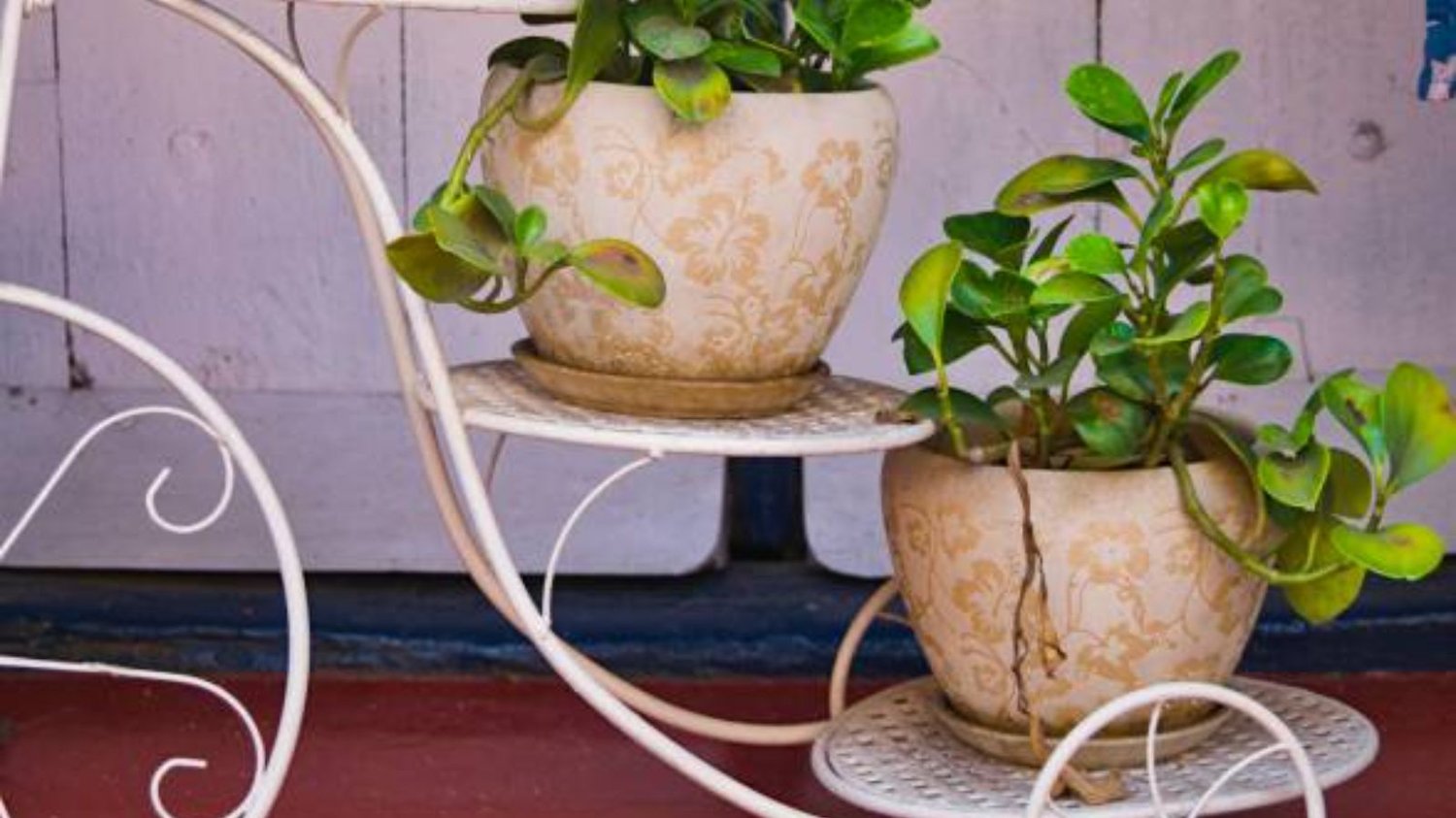Introduction
Planters are an excellent way to add greenery to your home décor. However, metal planters without any liner can rust and damage your plants. Choosing the right material to line your metal planter is essential for the health and beauty of your plants. In this article, we will explore various options to line a metal planter, their benefits, and how to use them.
Paper Liners
Paper liners, such as newspaper and paper bags, are inexpensive and accessible options to line a metal planter. They can help keep moisture inside the planter and prevent rust. However, they have a short lifespan and need frequent replacement, which may be time-consuming.
Plastic Liners
Plastic liners, such as garbage bags and plastic wrap, are also budget-friendly and available options. They are easy to install, durable, and can retain moisture, which makes them suitable for indoor and outdoor planters. However, plastic liners can trap heat, which can damage roots, and they may not be environmentally friendly.
Coco Coir Liners
Coco coir liners are made from coconut fibers, which are a renewable resource, and are eco-friendly options for lining metal planters. They are porous and can hold moisture well, which makes them excellent for plants that require frequent watering. These liners also create an ideal environment for root growth, and they can last for a long time. However, they can be expensive and may not be suitable for plants that are sensitive to moisture.
Polyurethane Foam Liners
Polyurethane foam liners are foam sheets that can be easily cut and installed in metal planters. They are lightweight and can provide insulation that can keep soil warm in colder temperatures. They can also hold moisture and provide good drainage. However, they may not be eco-friendly and can be expensive compared to other options.
Felt Liners
Felt liners are made from recycled materials and are eco-friendly alternatives for lining metal planters. They are porous, which makes them ideal for plants that require frequent watering. They can also protect the planter from rust and last for a long time. However, they may not be suitable for plants that require well-drained soil, and they can be expensive.
Burlap Liners
Burlap liners are made from natural fibers and are eco-friendly options for lining metal planters. They provide good drainage and can help retain moisture, which makes them ideal for plants that require moderate watering. These liners are also affordable and easy to install. However, they can break down over time, and they may not be suitable for plants that require frequent watering.
Moss Liners
Moss liners are made from moss and can provide good drainage and moisture retention, which makes them an excellent choice for metal planters. They also have a natural look that can complement a wide range of plants. However, they require frequent watering and may not be durable in harsh weather conditions.
Aluminum Foil Liners
Aluminum foil liners can be an affordable, accessible, and effective way to line metal planters. They are easy to install and can protect the planter from rust and moisture damage. However, they may not be the most eco-friendly option, and they can tear easily.
Conclusion
Choosing the right material to line a metal planter can make a significant difference in the health and beauty of your plants. Paper, plastic, coco coir, polyurethane foam, felt, burlap, moss, and aluminum foil are some of the options you can use to line your metal planter. Depending on your plant and personal preferences, you can choose the most suitable liner that can help your plants thrive.

